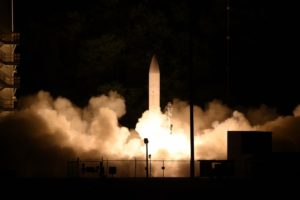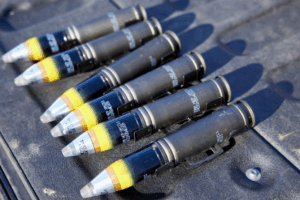
The Pentagon said Monday it has established a new consortium to bolster research efforts with universities for hypersonic capabilities, with the department awarding Texas A&M $20 million a year to lead the new group for the next five years. DoD officials told reporters the new University Consortium for Applied Hypersonics (UCAH) will release an initial group of 26 hypersonic-related project solicitations in November, with plans to award $20 million in funding for those projects. “This consortium will bring together, under…

 By
By 











